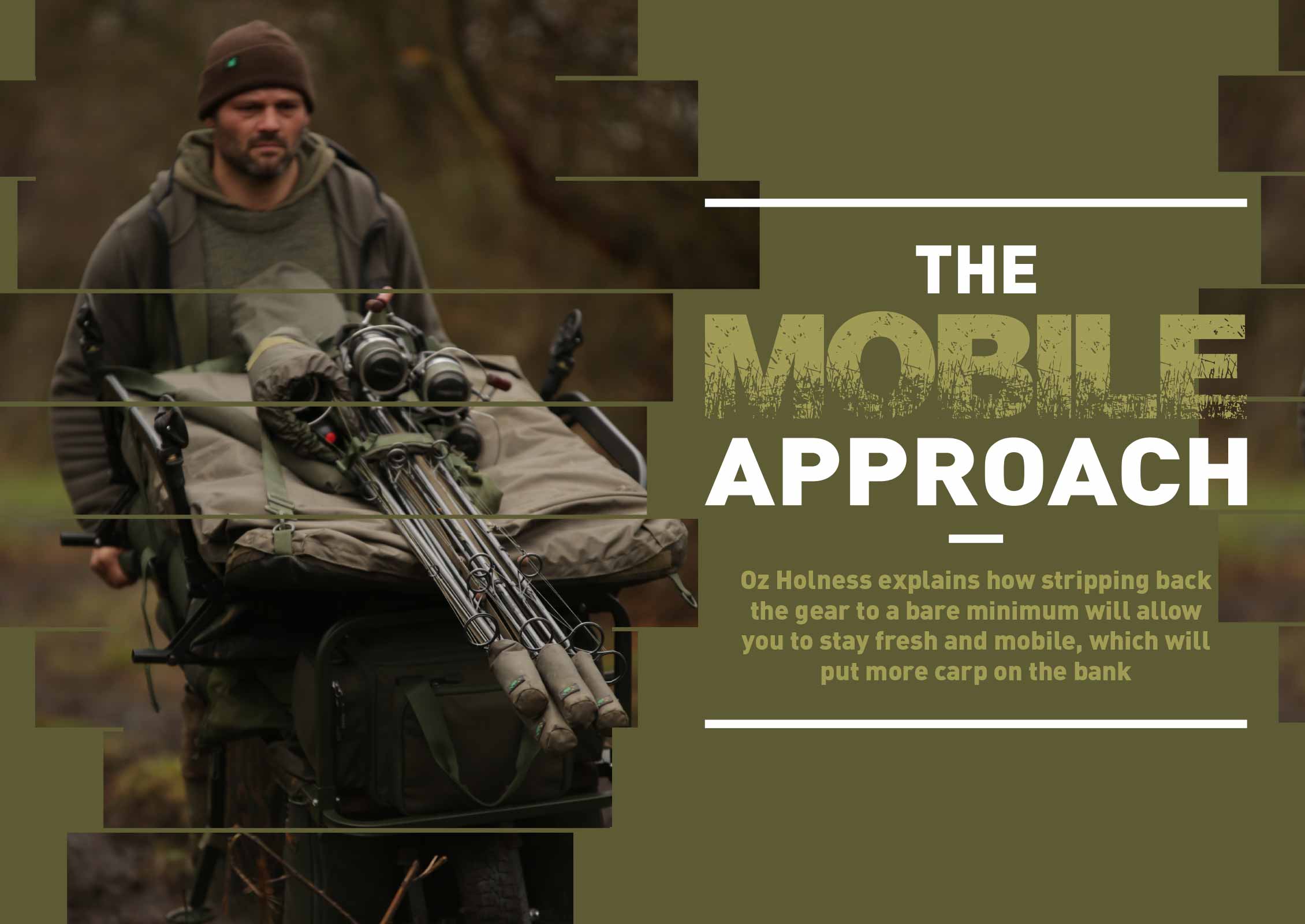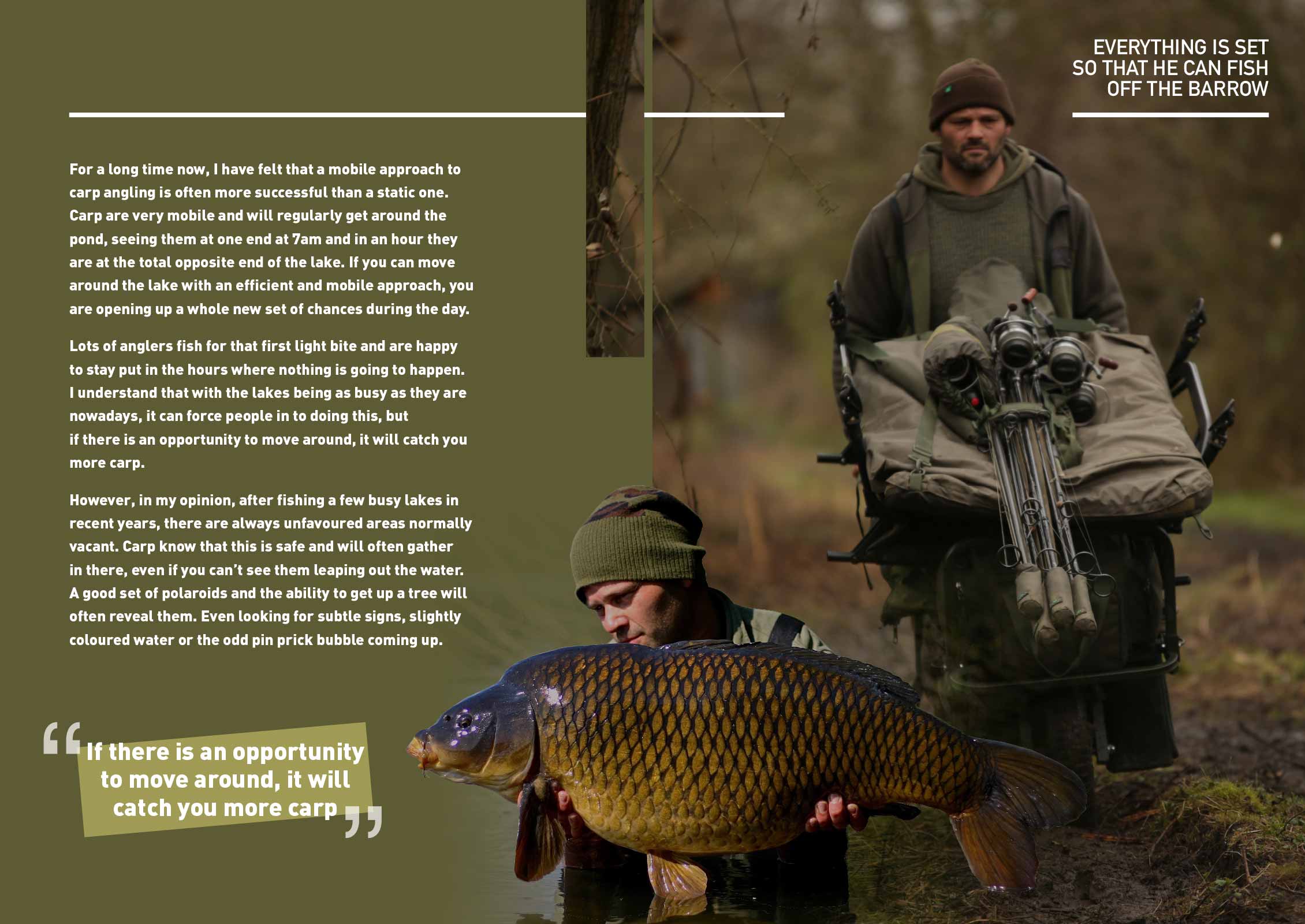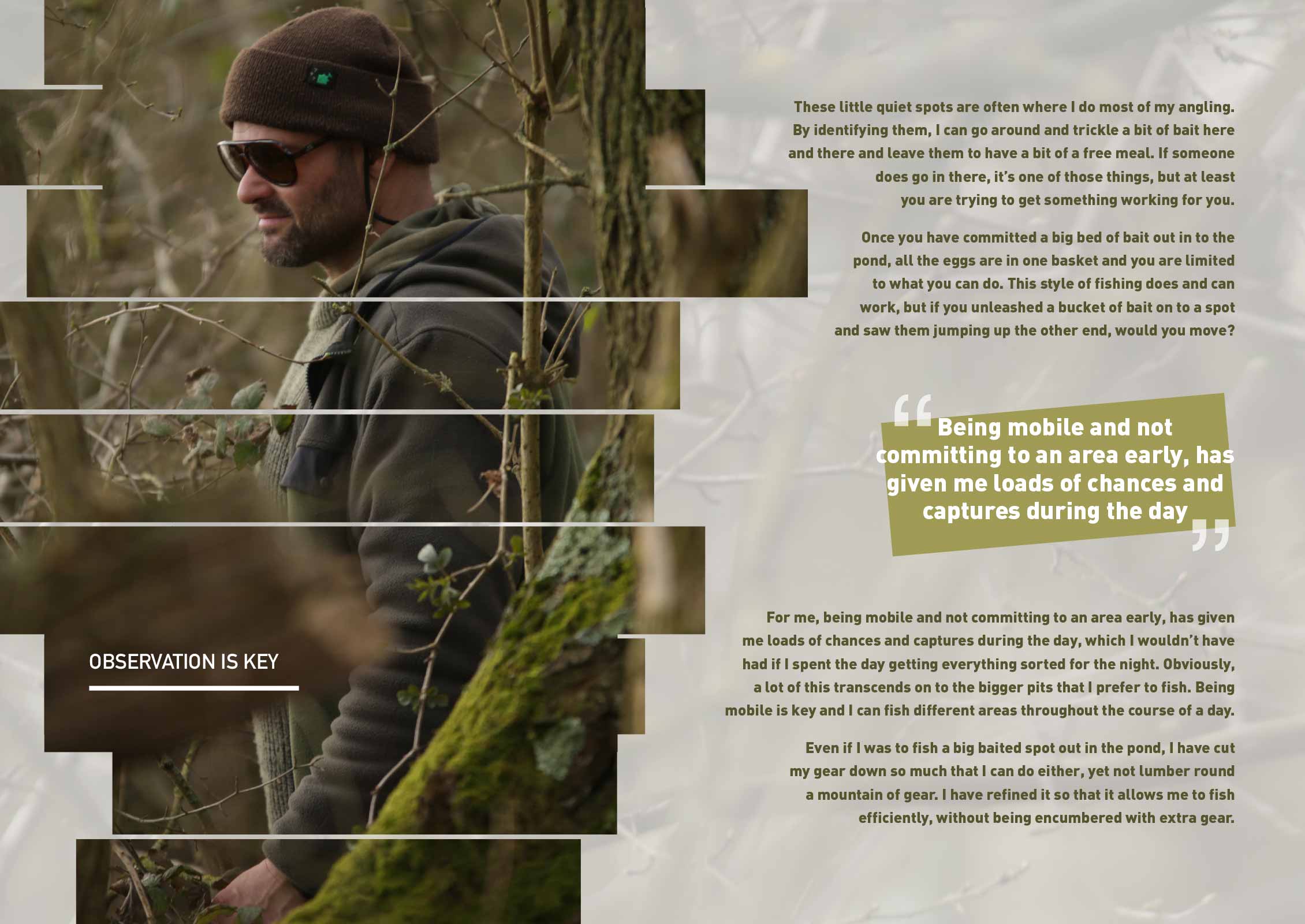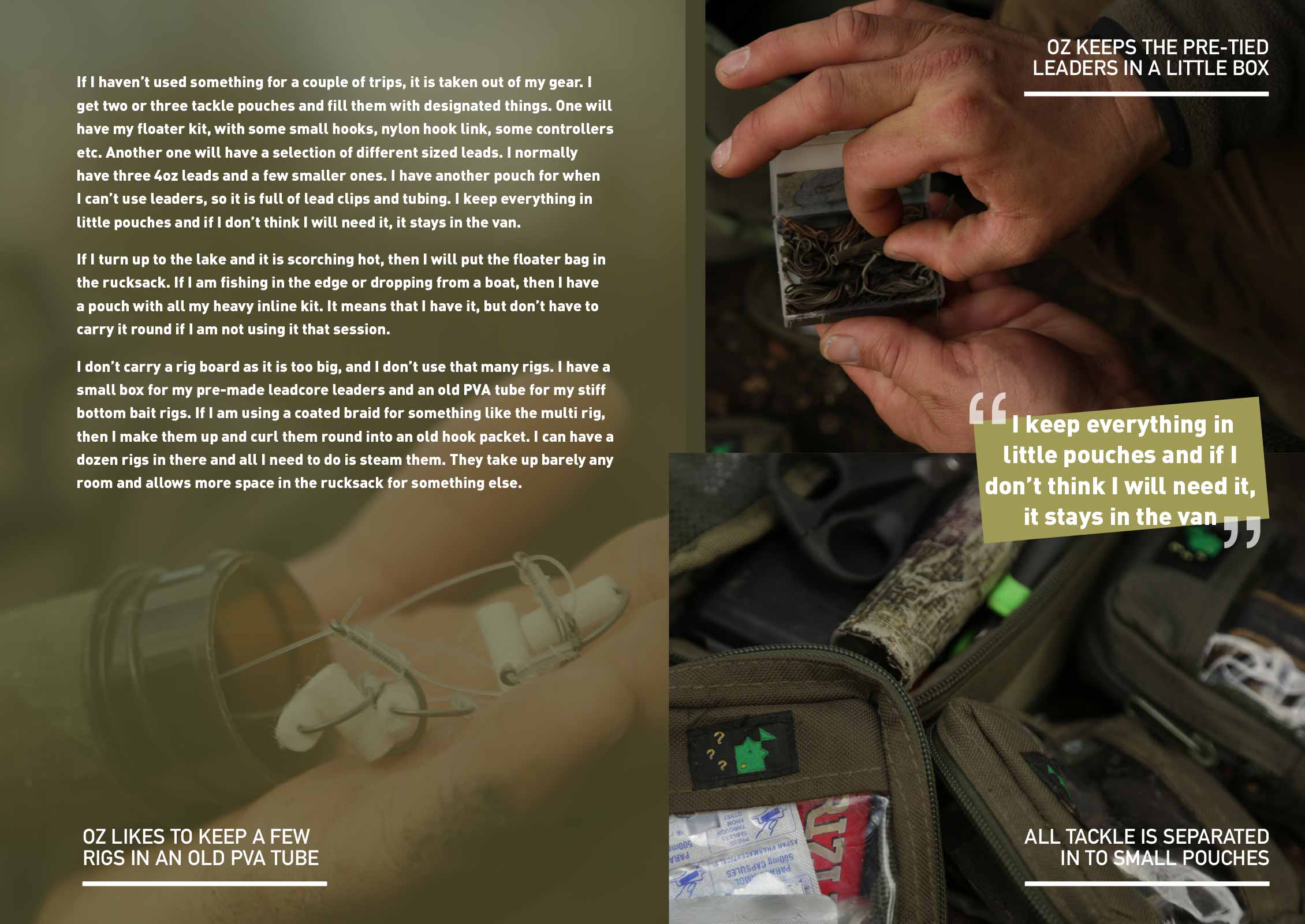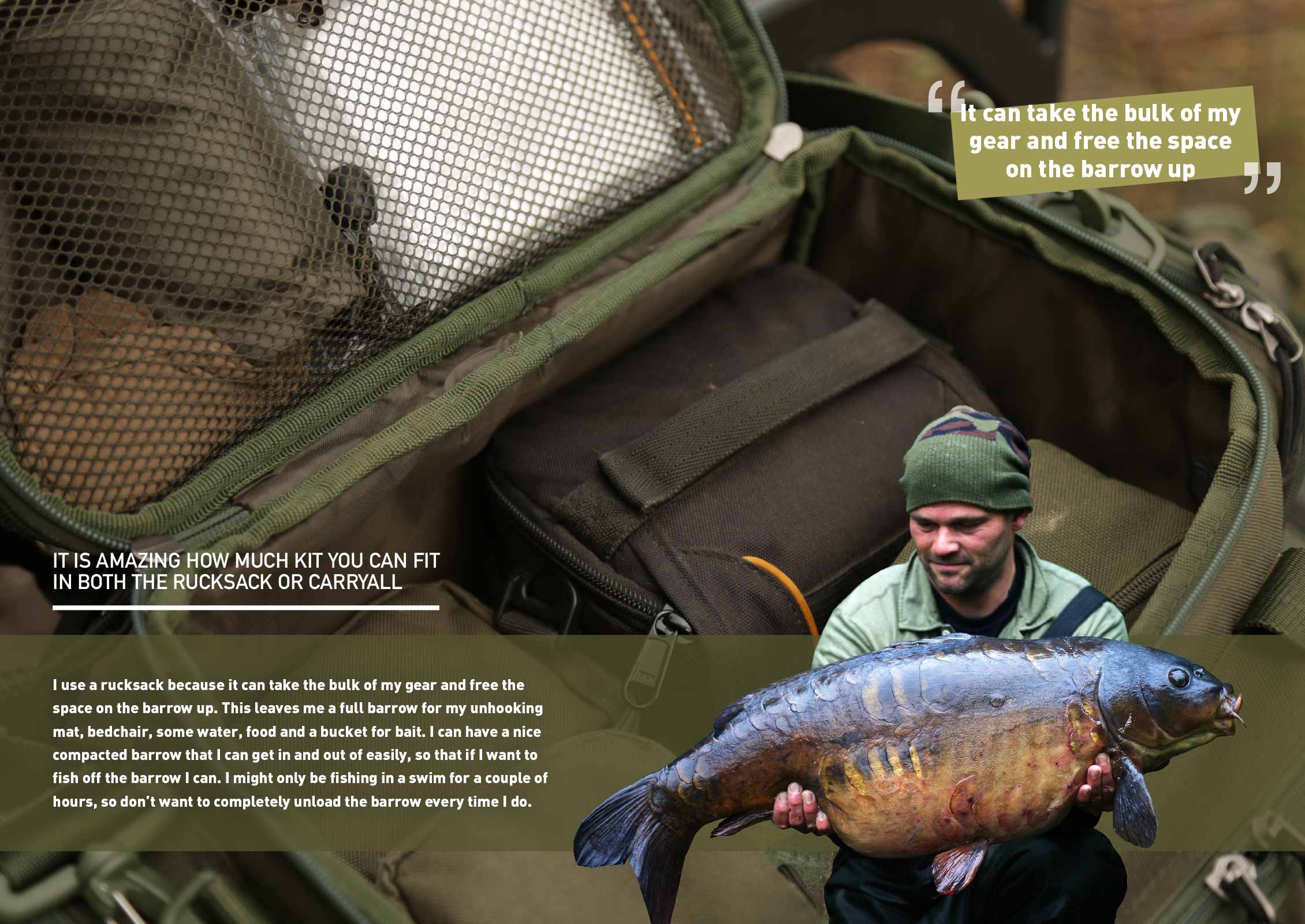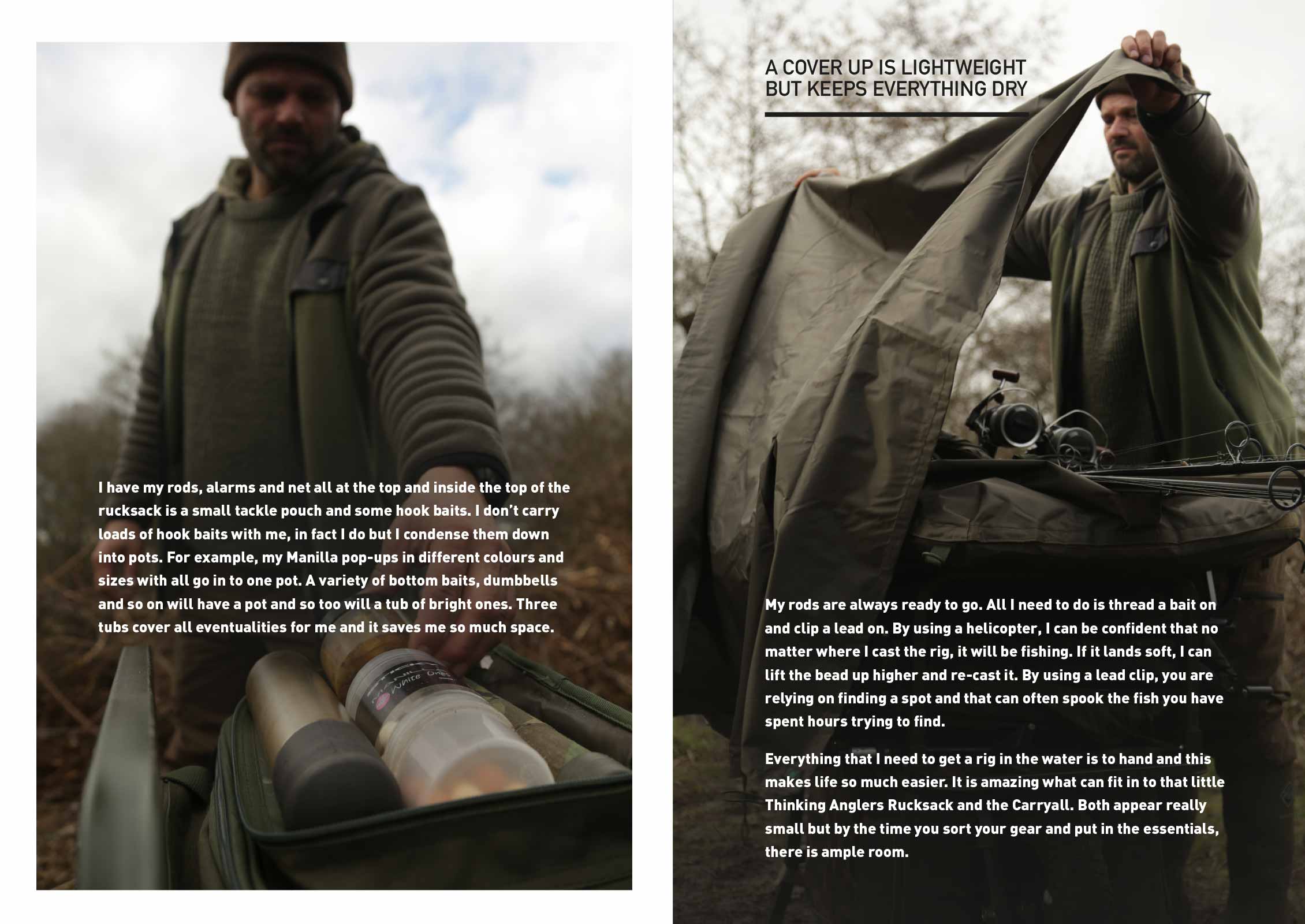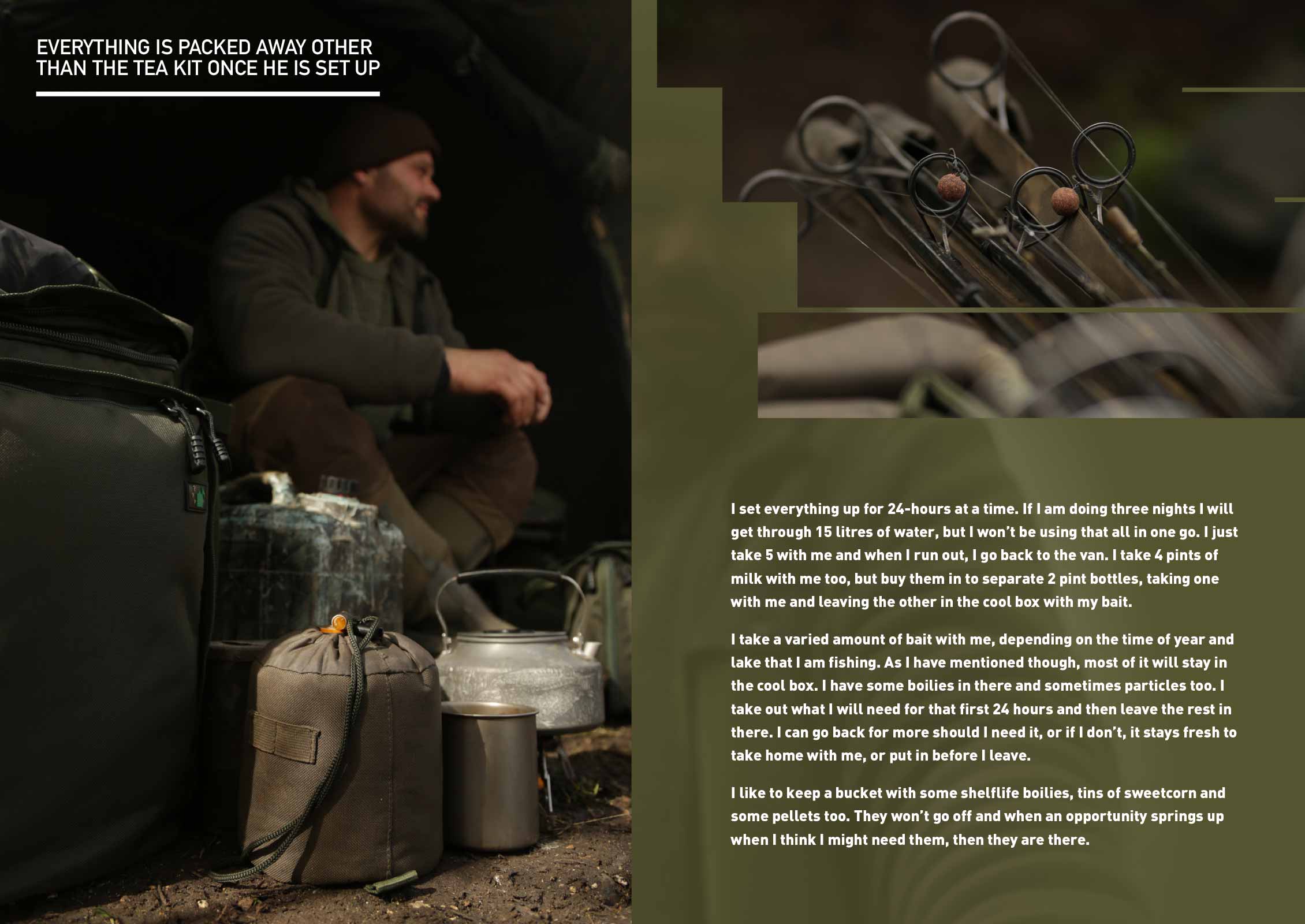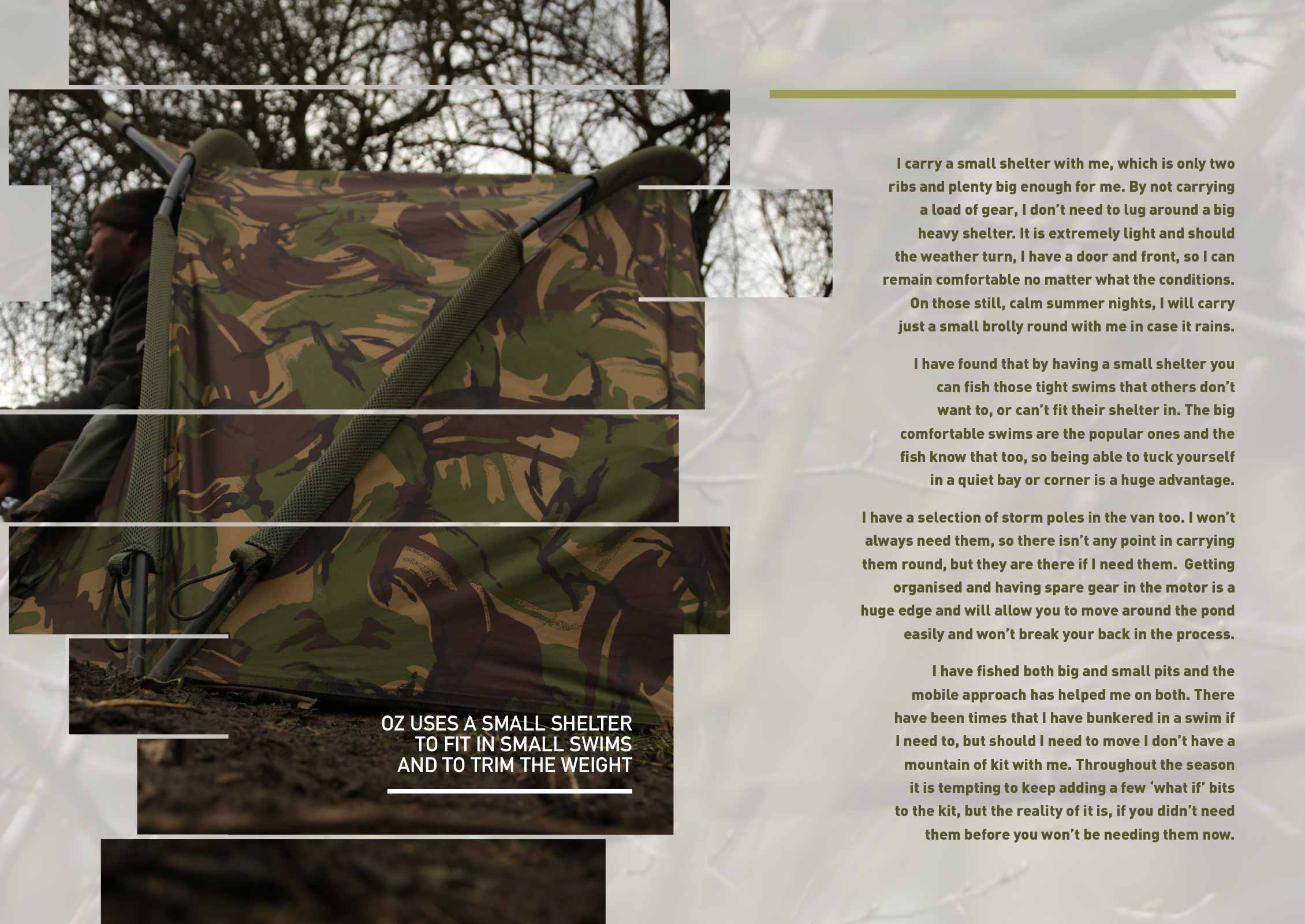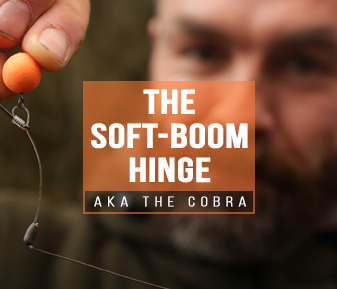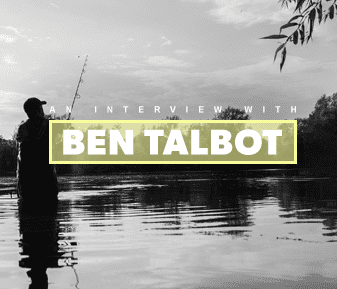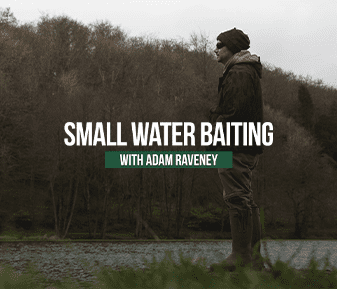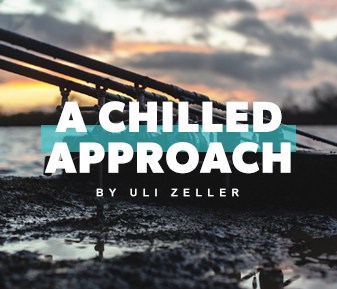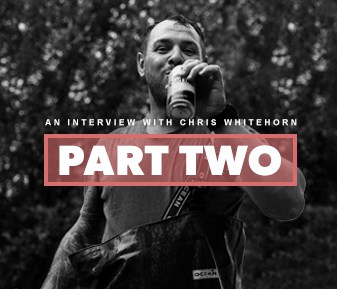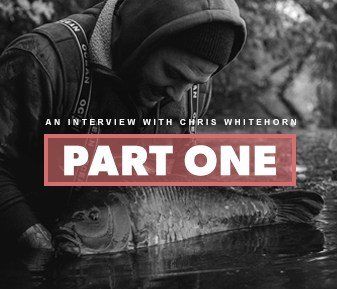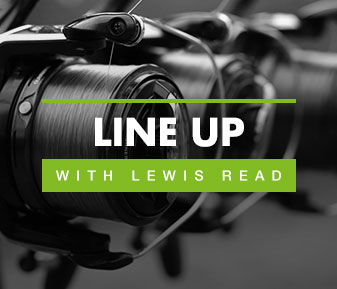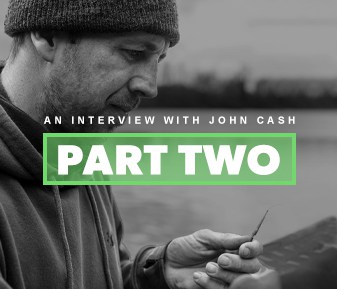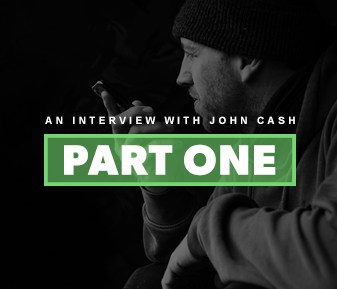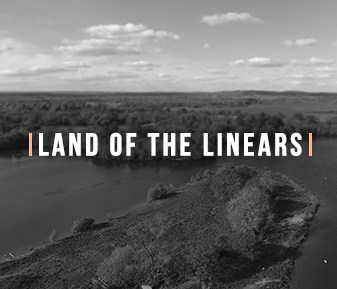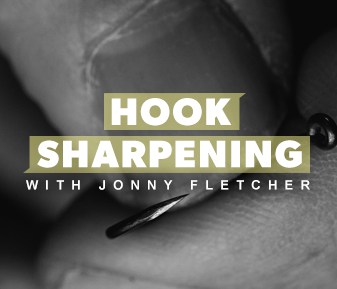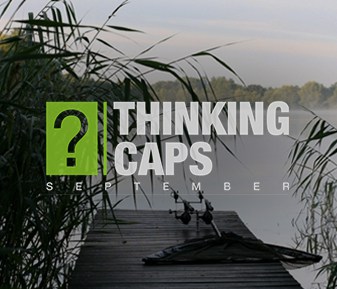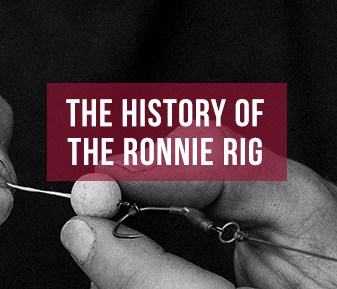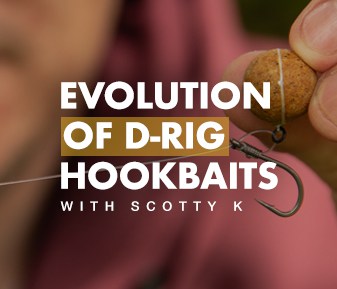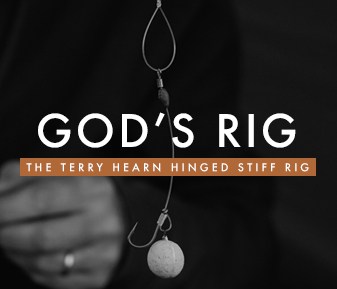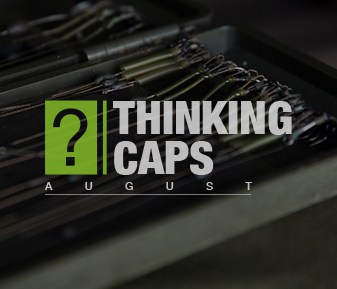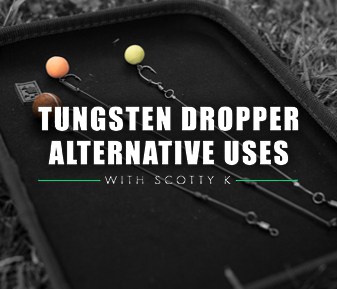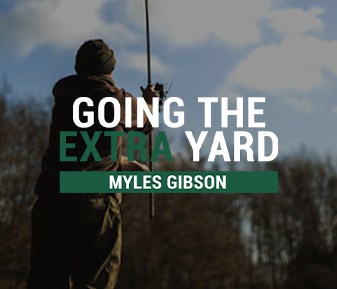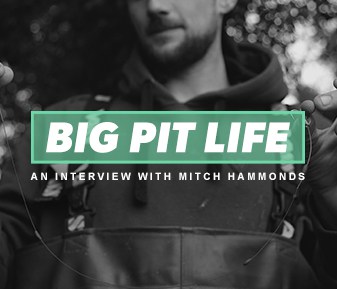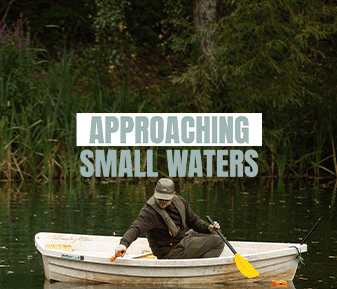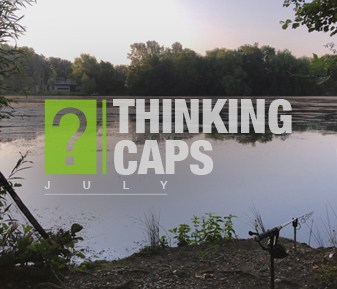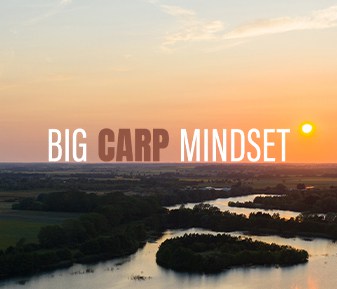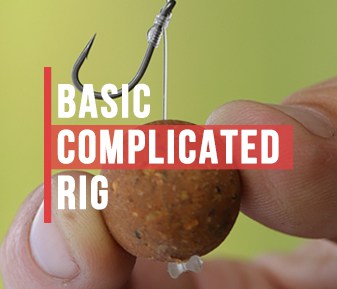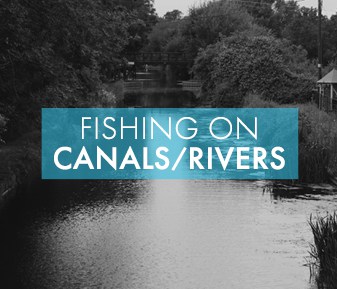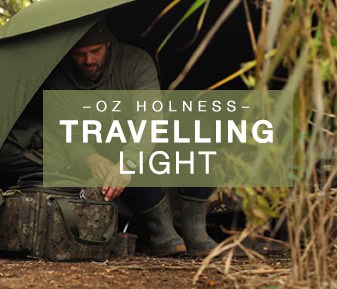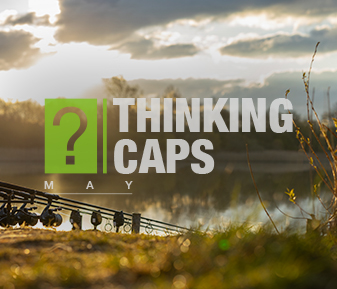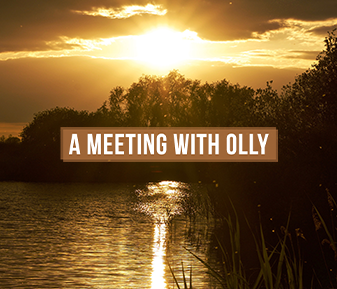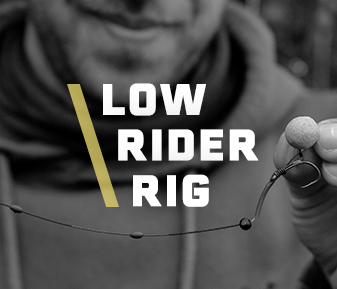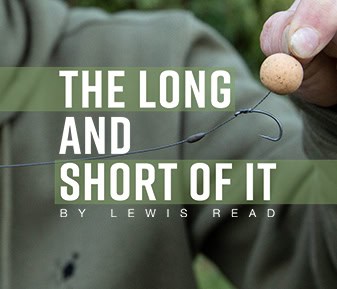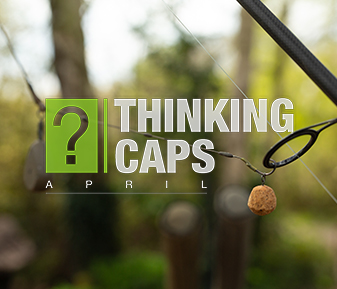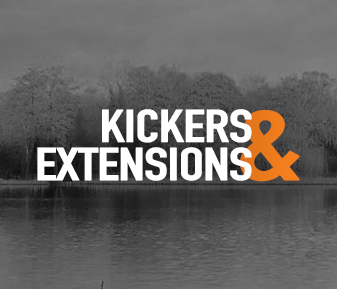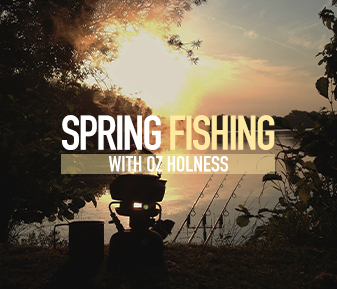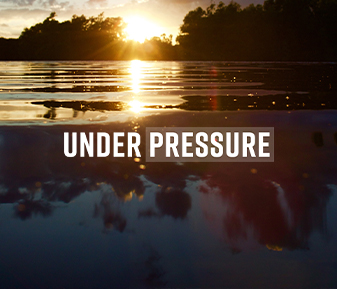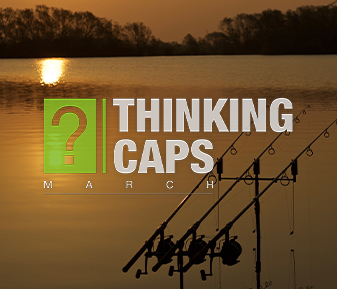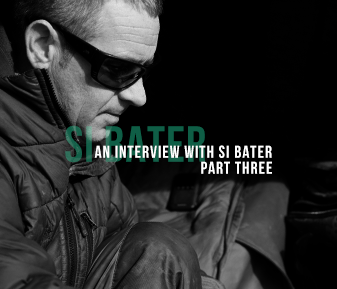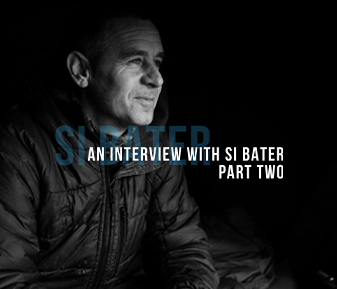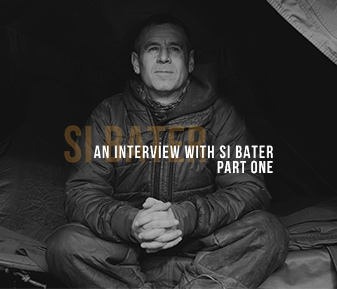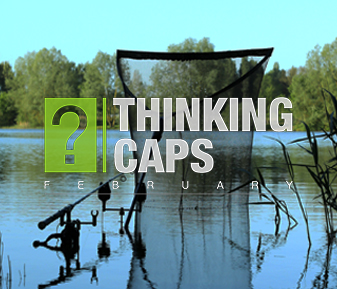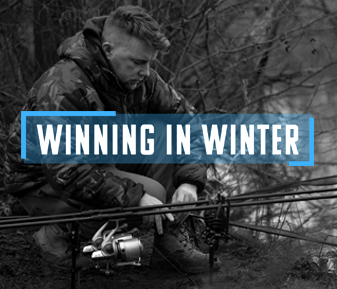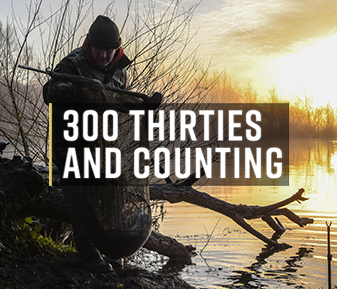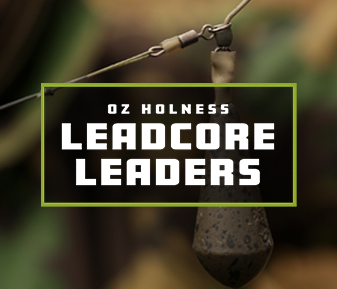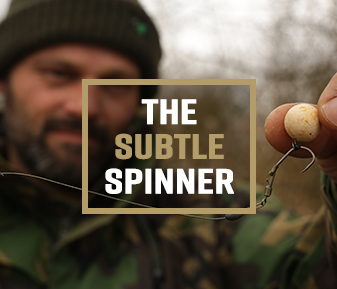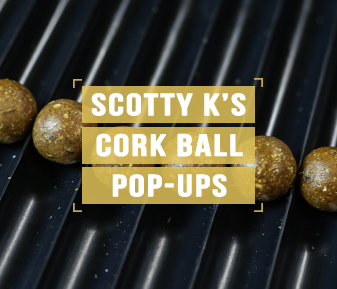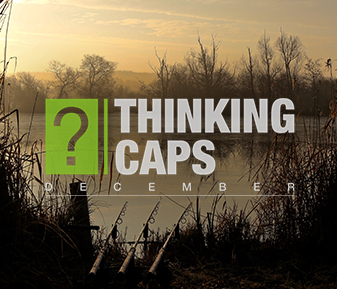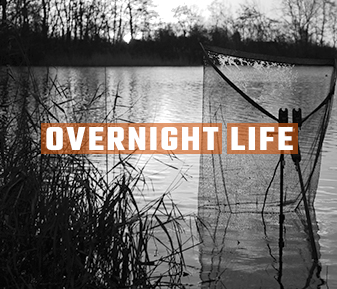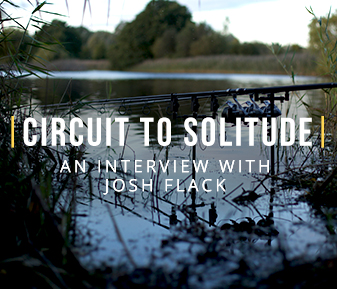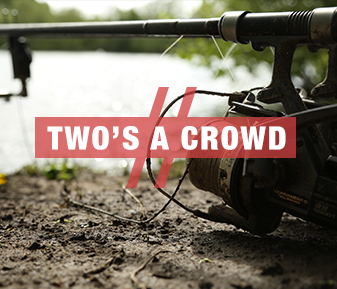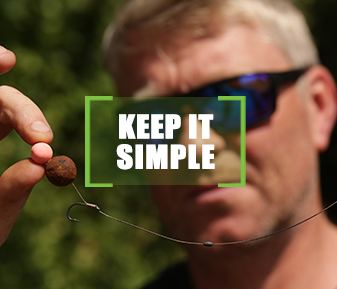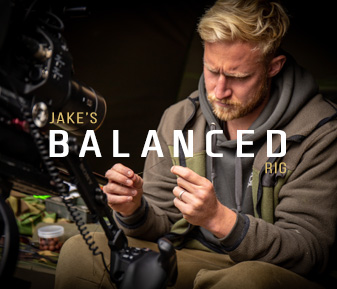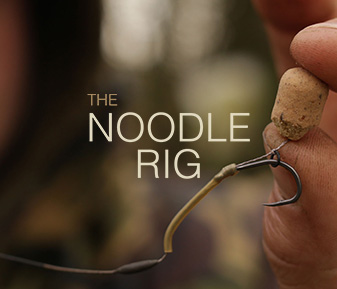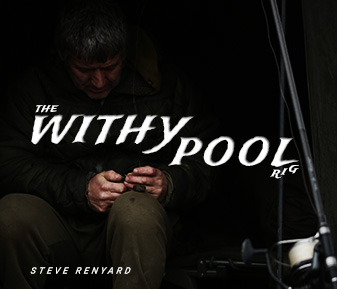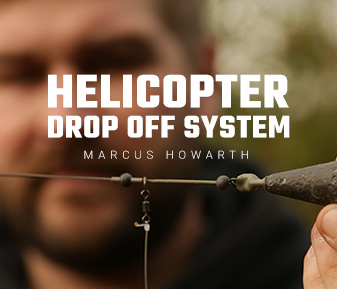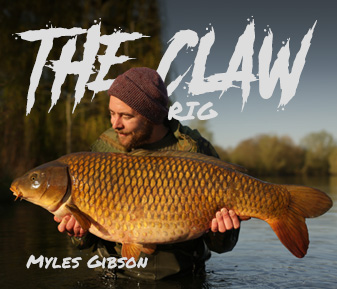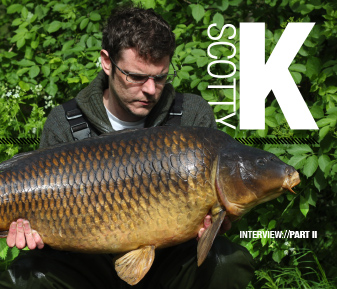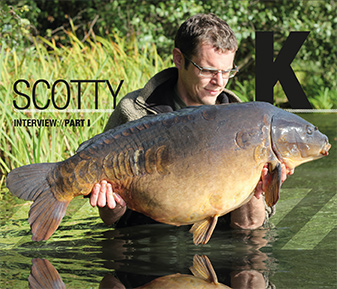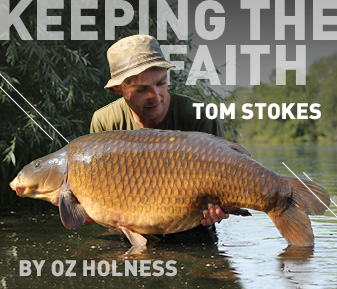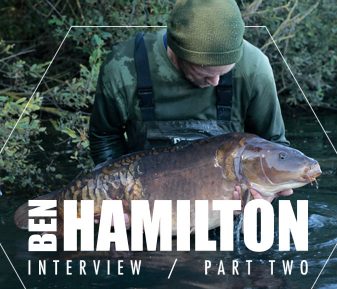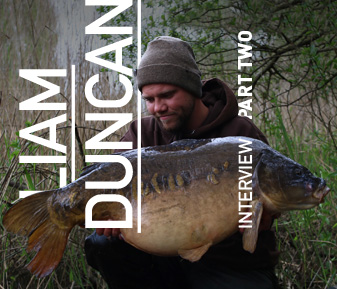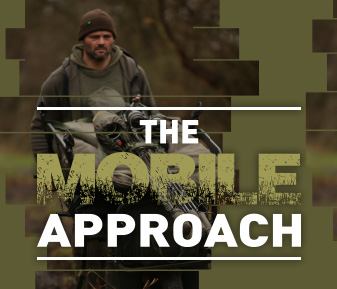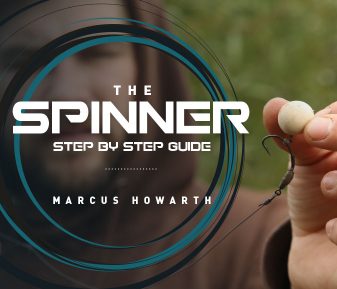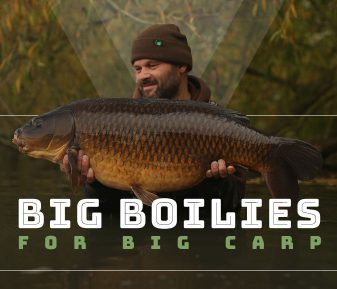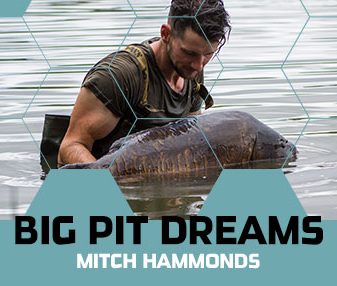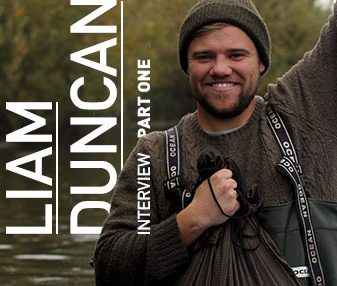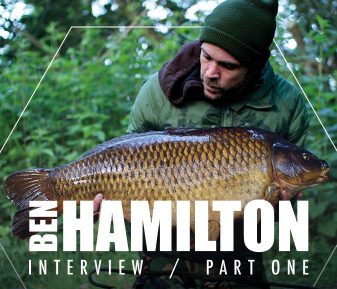Gaz Fareham explains why the Soft Boom Hinge aka 'The Cobra' is his go to rig - sharing his vast knowledge on the most effective set up to catch bites.
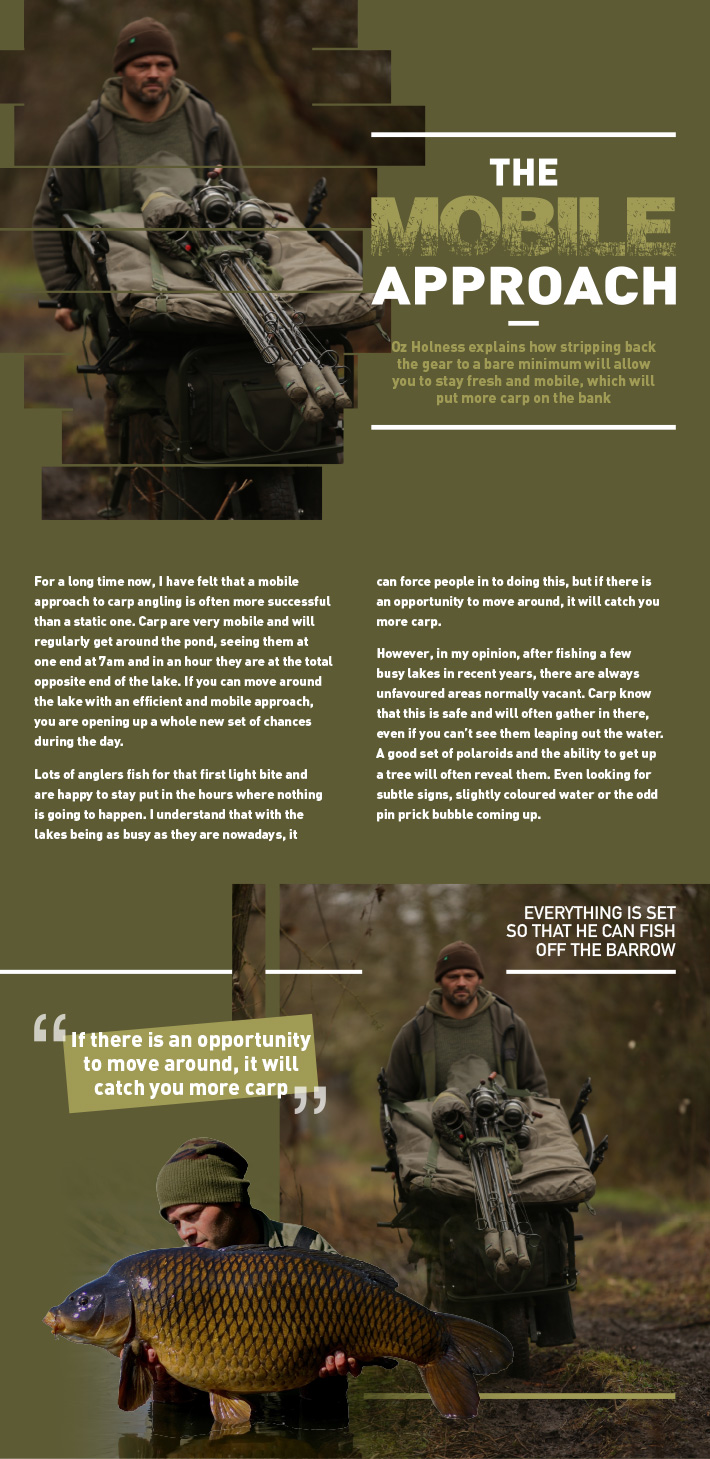
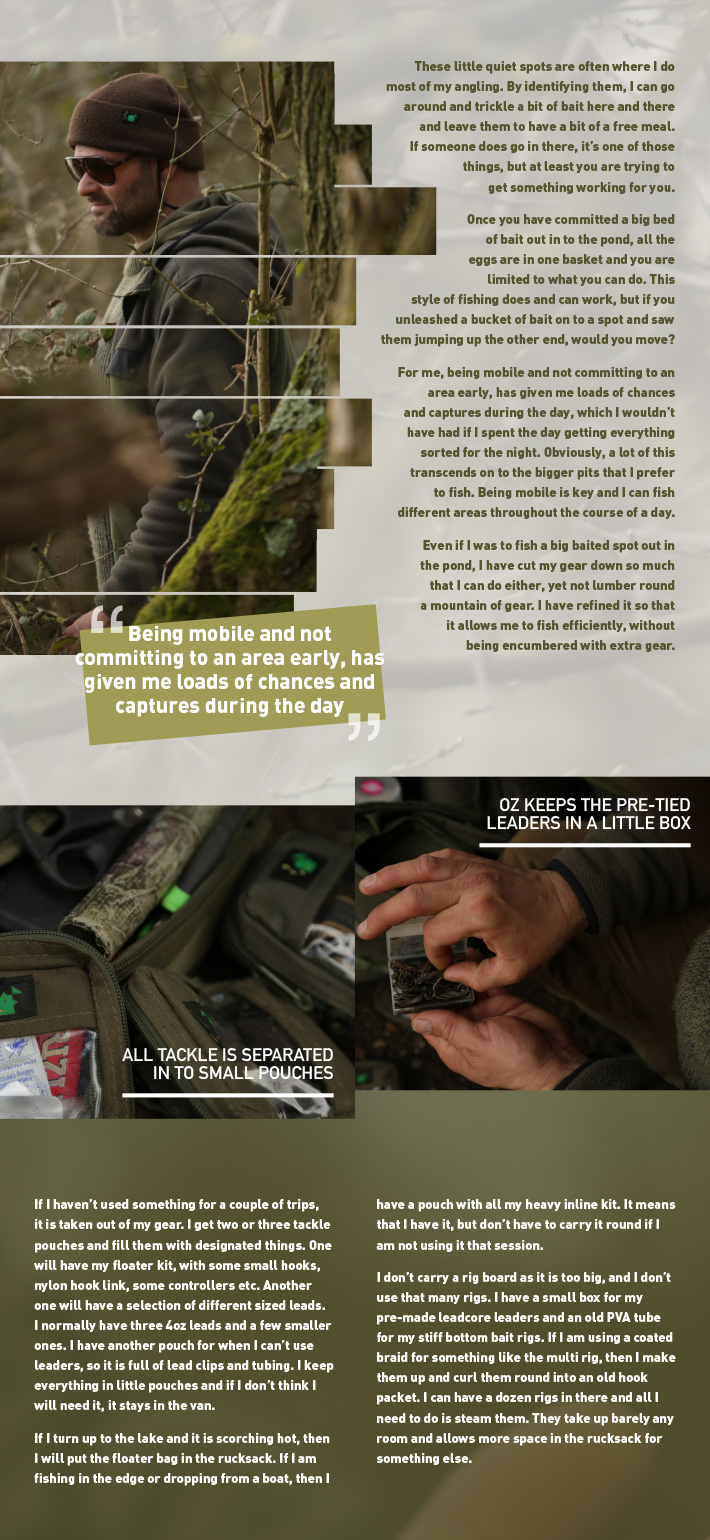

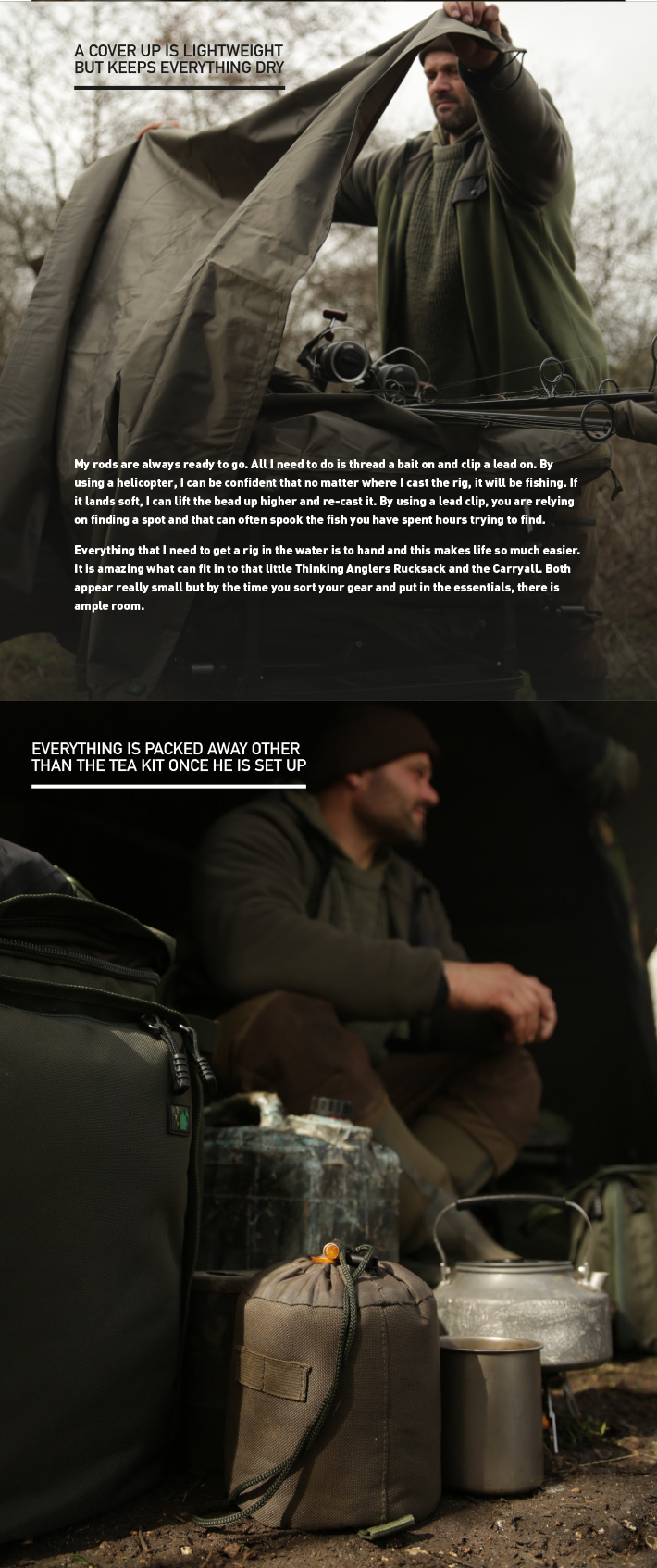
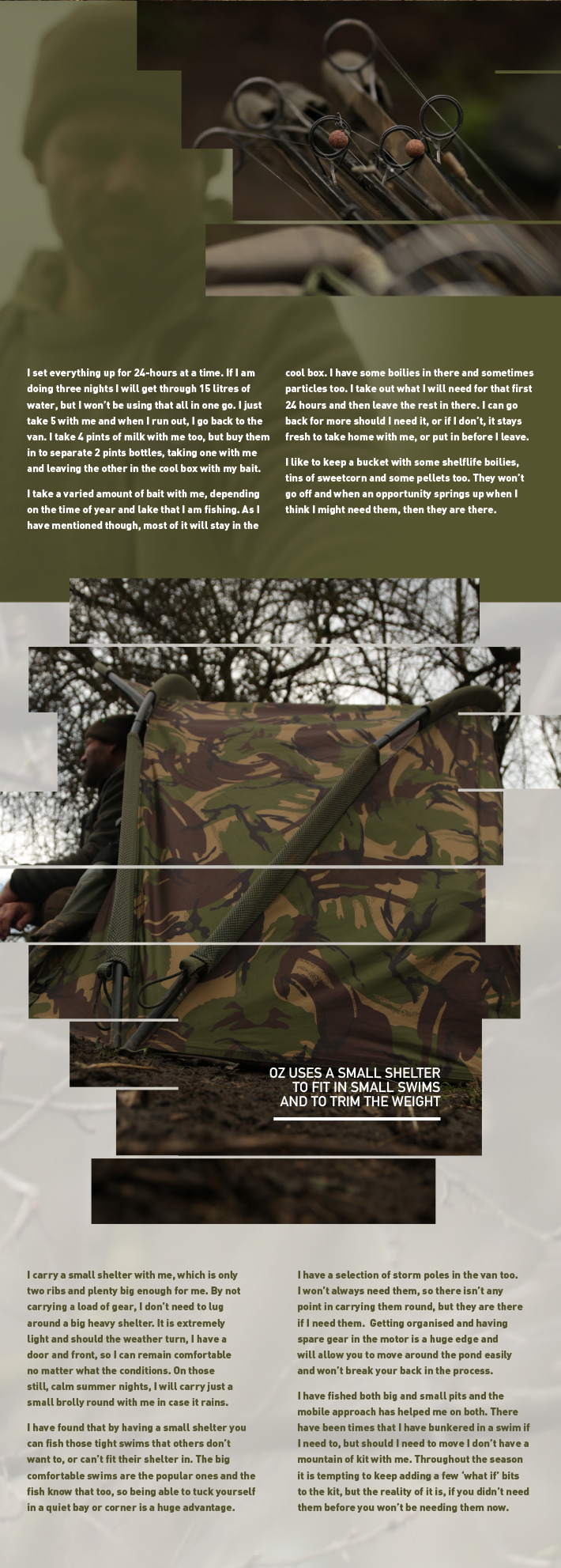
Oz Holness - The Mobile Approach // Text Only
For a long time now, I have felt that a mobile approach to carp angling is often more successful than a static one. Carp are very mobile and will regularly get around the pond, seeing them at one end at 7am and in an hour they are at the total opposite end of the lake. If you can move around the lake with an efficient and mobile approach, you are opening up a whole new set of chances during the day.
Lots of angler’s fish for that first light bite and are happy to stay put in the hours where nothing is going to happen. I understand that with the lakes being as busy as they are nowadays, it can force people in to doing this, but if there is an opportunity to move around, it will catch you more carp.
However, in my opinion, after fishing a few busy lakes in recent years, there are always unflavoured areas normally vacant. Carp know that this is safe and will often gather in there, even if you can’t see them leaping out the water. A good set of polaroid’s and the ability to get up a tree will often reveal them. Even looking for subtle signs, slightly coloured water or the odd pin prick bubble coming up.
These little quiet spots are often where I do most of my angling. By identifying them, I can go around a trickle a bit of bait in here and there and leave them to have a bit of a free meal. If someone does go in there, it’s one of those things, but at least you are trying to get something working for you.
Once you have committed a big bed of bait out in to the pond, all the eggs are in one basket and you are limited to what you can do. This style of fishing does and can work, but if you unleashed a bucket of bait on to a spot and saw them jumping up the other end, would you move?
For me, being mobile and not committing to an area early, has given me loads of chances and captures during the day, which I wouldn’t have had if I spent the day getting everything sorted for the night. Obviously, a lot of this transcends on to the bigger pits that I prefer to fish. Being mobile is key and I can fish different areas throughout the course of a day.
Even if I was to fish a big baited spot out in the pond, I have cut my gear down so much that I can do either, yet not lumber round a mountain of gear. I have refined it so that it allows me to fish efficiently, without being encumbered with extra gear.
If I haven’t used something for a couple of trips, it is taken out of my gear. I get two or three tackle pouches and fill them with designated things. One will have my floater kit, with some small hooks, nylon hook link, some controllers etc. Another one with have a selection of different sized leads. I normally have three 4oz leads and a few smaller ones. I have another pouch for when I can’t use leaders, so it is full of lead clips and tubing. I keep everything in little pouches and if I don’t think I will need it, it stays in the van.
If I turn up to the lake and it is scorching hot, then I will put the floater bag in the rucksack. If I am fishing in the edge or dropping from a boat, then I have a pouch with all my heavy inline kit. It means that I have it, but don’t have to carry it round if I am not using it that session.
I don’t carry a rig board as it is too big, and I don’t use that many rigs. I have a small box for my pre-made leadcore leaders and an old PVA tube for my stiff bottom bait rigs. If I am using a coated braid for something like the multi rig, then I make them up and curl them round in to an old hook packet. I can have a dozen rigs in there and all I need to do is steam them. They take up barely any room and allows more space in the rucksack for something else.
I use a rucksack because it can take the bulk of my gear and free the space on the barrow up. This leaves me a full barrow for my unhooking mat, bedchair, some water, food and a bucket for bait. I can have a nice compacted barrow that I can get in and out of easily, so that if I want to fish off the barrow I can. I might only be fishing in a swim for a couple of hours, so don’t want to completely unload the barrow every time I do.
I have my rods, alarms and net all at the top and inside the top of the rucksack is a small tackle pouch and some hook baits. I don’t carry loads of hook baits with me, in fact I do but I condense them down in to pots. For example, my Manilla pop-ups in different colours and sizes with all go in to one pot. A variety of bottom baits, dumbbells and so on will have a pot and so too will a tub of bright ones. Three tubs cover all eventualities for me and it saves me so much space.
My rods are always ready to go. All I need to do is thread a bait on and clip a lead on. By using a helicopter, I can be confident that no matter where I cast the rig, it will be fishing. If it lands soft, I can lift the bead up higher and re-cast it. By using a lead clip, you are relying on finding a spot and that can often spook the fish you have spent hours trying to find.
Everything that I need to get a rig in the water is to hand and this makes life so much easier. It is amazing what can fit in to that little Thinking Anglers rucksack and the Carryall. Both appear really small but by the time you sort your gear and put in the essentials, there is ample room.
I set everything up for 24-hours at a time. If I am doing three nights I will get through 15 litres of water, but I won’t be using that all in one go. I just take 5 with me and when I run out, I go back to the van. I take 4 litres of milk with me too, but buy them in to separate 2 litre bottles, taking one with me and leaving the other in the cool box with my bait.
I take a varied amount of bait with me, depending on the time of year and lake that I am fishing. As I have mentioned though, most of it will stay in the cool box. I have some boilies in there and sometimes particles too. I take out what I will need for that first 24 hours and then leave the rest in there. I can go back for more should I need it, or if I don’t, it stays fresh to take home with me, or put in before I leave.
I like to keep a bucket with some shelflife boilies, tins of sweetcorn and some pellets too. They won’t go off and when an opportunity springs up when I think I might need them, then there are there.
I carry a small shelter with me, which is only two ribs and plenty big enough for me. By not carrying a load of gear, I don’t need to lug around a big heavy shelter. It is extremely light and should the weather turn, I have a door and front, so I can remain comfortable no matter what the conditions. On those still, calm summer nights, I will carry just a small brolley round with me in case it rains.
I have found that by having a small shelter you can fish those tight swims that others don’t want to, or can’t fit their shelter in. The big comfortable swims are the popular ones and the fish know that too, so being able to tuck yourself in a quiet bay or corner is a huge advantage.
I have a selection of storm poles in the van too. I won’t always need them, so there isn’t any point in carrying them round, but they are there if I need them. Getting organised and having spare gear in the motor is a huge edge and will allow you to move around the pond easily and won’t break your back in the process.
I have fished both big and small pits and the mobile approach has helped me on both. There have been times that I have bunkered in a swim if I need to, but should I need to move I don’t have a mountain of kit with me. Throughout the season it is tempting to keep adding a few ‘what if’ bits to the kit, but the reality of it is, if you didn’t need them before you won’t be needing them now.


